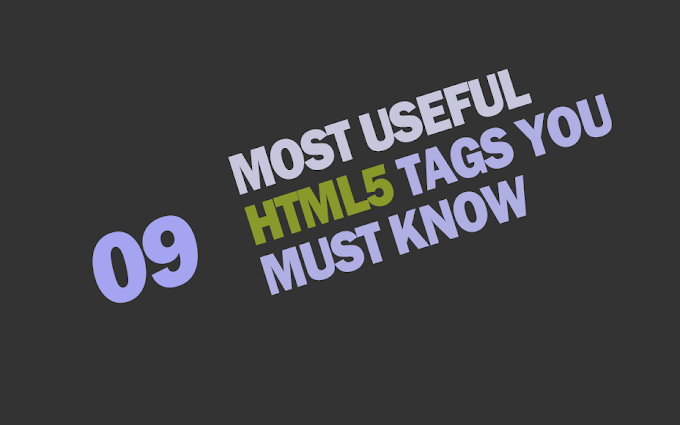As a JavaScript developer, you're always looking for ways to write clean, efficient code. One way to do this is by using the ternary operator, also known as the conditional operator. In this post, we'll explore what the ternary operator is and how it can help you write better code.
The ternary operator is a shorthand way of writing an if-else statement. It has three parts: a condition, a question mark, and two expressions separated by a colon.
Here's the basic syntax:
condition ? expression1 : expression2;
If the condition is true, the ternary operator returns expression1. If the condition is false, it returns expression2.
Here's an example of how you might use the ternary operator in a real-world scenario:
let age = 20;
let canDrink = (age >= 21) ? true : false;
console.log(canDrink); // false
In this example, we use the ternary operator to check if the value of the age variable is greater than or equal to 21. If it is, the value of canDrink is set to true. If it isn't, the value of canDrink is set to false.
The ternary operator is a great way to streamline your code and make it easier to read. It's especially useful when you only need to perform a simple action based on the result of a condition.
Here's another example that shows how the ternary operator can be used to assign a value to a variable:
let x = 10;
let y = 20;
let max = (x > y) ? x : y;
console.log(max); // 20
In this example, we use the ternary operator to compare the values of x and y and assign the larger value to the max variable.
The ternary operator is a simple but powerful tool that can help you write clean, efficient code in JavaScript. Whether you're checking a condition or assigning a value to a variable, the ternary operator is a great choice. So next time you're working with if-else statements in JavaScript, consider using the ternary operator to streamline your code and make it easier to read.





![[Cupons] Paid udemy courses for free](https://blogger.googleusercontent.com/img/b/R29vZ2xl/AVvXsEgYa-f_8UEE95d9stpdRzq6_DUq19avn09M2CVWIuQGI_PwaZBMcNhuHmPZQsw81GMeWwUY2Q-Cr66RoAmMq1f_pok6pdv-W86qc9_wWSxqXEq_RHYyRY0Ldly_yi2DSfyed4Cxiks6Nbzp/w680/Paid+udemy+courses+for+free.png)






0 Comments
If you have any question please ask?